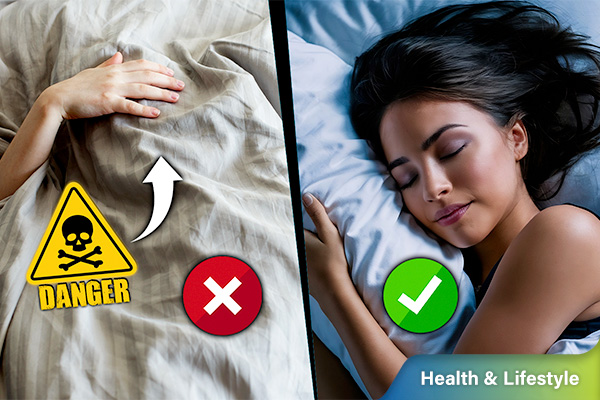A Deadly Brain Eating Bacteria Which Exist in Reality
Naegleria is an amoeba and only one of its species, called Naegleria fowleri, can infect human brains and feed on it.
In today's time, the world is suffering with thousands of diseases, including the coronavirus. Now, can you imagine bacteria which actually eats the human brain? Sadly, it exists in reality, and today we are here to tell you about it. South Korea recently reported its first case of infection from Naegleria owleri, popularly called as the Brain-Eating Amoeba. The authorities said a 50-year-old Korean national, who had recently returned from Thailand, died 10 days after showing symptoms of this rare yet fatal infection.
The Korea Disease Control and Prevention Agency (KDCA) revealed that the man stayed in Thailand for four months before entering South Korea on 10th December. A day later, he was taken to the emergency room after he began suffering from headaches, vomiting, fever, stiffness in the neck. The man later died on 21st of December. Health authorities ran a host of tests to determine the exact cause of his death, which was found to be an infection caused by Naegleria fowleri. It was first discovered in Australia in 1965 and is commonly found in warm freshwater bodies, such as hot springs, rivers and lakes. Now the question is how does it affect Human beings? The amoeba enters the human body through the nose and then travels up to the brain. This can usually happen when someone goes for a swim, or dive or even when they dip their head in a freshwater body. In some cases, it was found that people got infected when they cleaned their nostrils with contaminated water. Once Naegleria fowleri goes to the brain, it destroys brain tissues and causes a dangerous infection. The CDC says the first signs of PAM start showing within one to 12 days after the infection. In the initial stages, they might be symptoms like headache, nausea and fever. In the later stages, one can suffer from a stiff neck, seizures, hallucinations, and even coma. The infection spreads rapidly and, on average, causes death within about five days.
The fatality of PAM is as such that only four people have survived out of 154 known infected individuals in the United States from 1962 to 2021. Now you must be wondering that what is the treatment for this fatal Disease? Scientists haven’t been able to identify any effective treatments yet. At present, doctors treat it with a combination of drugs, including amphotericin B, azithromycin, fluconazole, rifampin, miltefosine, and dexamethasone. With the rising global temperatures, the chances of getting this infection will go up as the amoeba mainly thrive in warm freshwater bodies. The organism best grows in high temperatures up to 46°C and sometimes can survive at even higher temperatures. Heat waves, when air and water temperatures may be higher than usual, may also allow the amoeba to grow.







